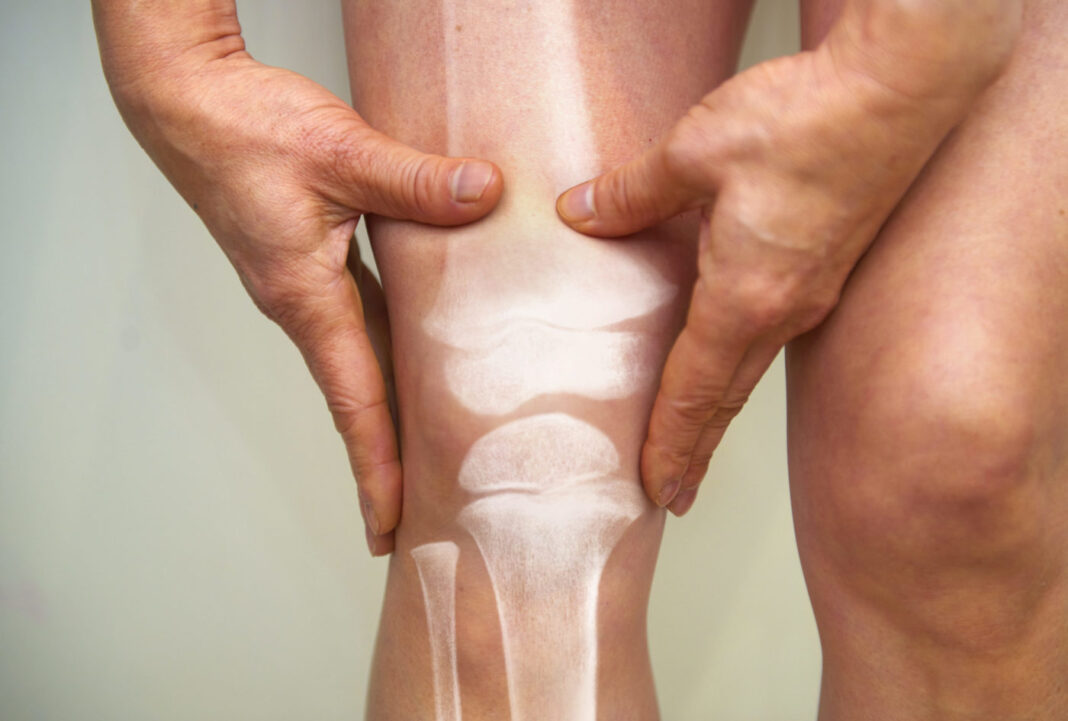Source: Peter Dazeley/Getty Images
In gene therapy, scientists develop delivery systems from viral vectors. A helper-dependent adenoviral (HDAd) vector makes a good choice for several reasons, such as a large cloning capacity and the lack of any viral coding sequences. In Burlington, MA, scientists at Flexion use HDAd vectors to deliver the gene IL-1RA for an osteoarthritis treatment that is in Phase 1 testing.
“In the U.S., 15 million patients have symptoms of knee osteoarthritis,” says Flexion CEO Mike Clayman. “Usually, gene therapy is developed for orphan indications, but we’re taking it to a common disease.” If approved, Flexion’s gene therapy—called FX201—would just be injected into a patient’s knee. “Animal models suggest that expression of the delivered interleukin gene can continue for at least one year,” Clayman says.
FX201 originated at Baylor College of Medicine in the lab of Brendan Lee—chair of the department of molecular and human genetics. From there, it was outlicensed to GeneQuine, which is developing this vector for veterinary indications and from whom Flexion inlicensed it in late 2017 for all clinical indications. The scientist who licensed the technology to Flexion showed that HDAd triggered higher levels of expression in the knee than an adeno-associated virus (AAV) vector.
Overall, this therapy could offer two key benefits. One, the HDAd vector used in FX201 is non-replicating and non-integrating. Two, directly injecting the therapy to the site—the knee for FX201—requires less dose per treatment, which could reduce cost.
In working with CMOs, says Clayman, “the production to date has gone quite smoothly.” That could be a benefit of using HDAd vectors, a potential therapeutic delivery system for many indications.


